VoIP (Voice-over-IP) or Internet telephony refers to communication services—voice, fax, and / or voice and information applications delivered over the Internet (not the public switched telephone network, or PSTN). The basic steps involved in sending Internet phone calls include converting analog voice signals into digital voice signals and compressing the signals into Internet Protocol (IP) packets for transmission over the Internet. The steps at the receiving end are just the opposite. Because it runs on the Internet, VoIP has extremely low phone bill costs, and the only cost is PNET. It will become a very common transmission method in the field of IDD long distance calls worldwide.
Recently, VoIP generally uses ITG (Internet Telephony Gateway) / VoIP gateway to transmit voice through IP. The VoIP gateway has the following connection ports.
â— FXO (Foreign Exchange Office): It is a two-wire connection port directly connected to the PSTN.
â— FXS (External Exchange Station): It is connected to the terminal equipment through the RJ-11 handset plug hole, such as a normal telephone.
â— Ethernet port: It is connected to a PC or xDSL modem via an RJ-45 port.
â— USB port: It connects external USB devices, such as card reader, 3G HSDPA card, flash memory, etc.
â— Power port: It is usually the input port of 12V external power supply.
Mainstream VoIP supports single / dual channel FXS, and there have also been FXS with up to 30 channels on the market. The newly developed VoIP has a built-in router and Wi-Fi connection function, which can realize VoIP to xDSL wireless connection through a wireless network, thereby enhancing its mobility within the coverage of the access point. In addition, there is a trend toward POE (Power over Ethernet), so that VoIP can be driven without the need for an external power supply.

Figure 1 Typical VoIP architecture
Since these ports continue to have surge events when they are connected to the outside world, and these ITE information technology equipment are connected to telecommunications networks that need to meet telecommunications management standards, protection devices have to be used to protect these ports.
Each country has its own security standards, such as the Telecordia GR1089-Core and UL60950 in the United States, the internationally accepted ITU-T K.20 / K.21 (International Telecommunication Union), and China ’s YD / T993, 950 standards. Different standards require different stability states for protection devices, technologies and topologies. By comparison, we find that the protection ability of protectors that meet the US standards is higher than those that comply with the International Telecommunication Union standards and higher than those that comply with the Chinese standards. In most cases, protection solutions that comply with US standards can basically pass most test conditions set by the ITU-T K.2x standard.
In order to design the most suitable VoIP protection solution, it is important to understand the various surge levels and protection voltage of the protector. Common surge voltage levels are shown in Table 1.

Several solutions
1 SLIC (Subscriber Line Interface Circuit) Protection â— Fixed Voltage Unidirectional Protector (SIDACtor) + PTC

Figure 2 Fixed voltage unidirectional protector with PTC
Among them, overvoltage (OV) protection uses P1101DF-1 (fixed voltage unidirectional protector) with an operating voltage of -90V; overcurrent (OC) protection uses 250S130 (PTC) × 2 or Telelink fuse 0461 1.25A × 2.
FXS requires SLIC protectors to be able to transfer excess surges to SLIC T / R lines. This is done using the unidirectional nature of P1101DF-1. The positive surge in the line will be transferred to the SIDACtor P1101DF-1 by the anti-parallel diode, and the negative surge will be transferred to the SIDACtor P1101DF-1 by the SCR. The surge capacity of P1101DF-1 meets the requirements of ITU-T K.21 surge. However, if the OV + OC combination is required to meet the requirements of the TIA-968 surge or pass the more advanced ITU-T surge test, a certain line resistance is required.

Under normal circumstances, a CPTC (ceramic positive temperature coefficient resistor) with a resistance higher than 30Ω can handle most situations. Accurate protection devices are highly dependent on the end market and actual surge conditions.
â— Battery tracking surge protector + PPTC
Among them, OV uses Battrax battery tracking protector-a double negative battery tracking protector. The device can track battery voltage changes and provide a protection voltage of V + Vgt. Vgt is the forward voltage difference of the diode +2 pn junction, which is about 2.1V.

Figure 3 VI characteristics of Battrax devices
Battrax devices provide only negative tracking or ± V combined positive / negative tracking depending on the battery voltage.

Figure 4 Battrax protector structure
The positive surge is transferred to the ground by the anti-parallel diode; the gate (Vref) pin of the Battrax protector is connected to the SLIC Vbat pin so that it can track changes in the SLIC battery voltage.
2 Line protection-FXO port This is a TR line protection mechanism. Typical protection is accomplished by adding OC + OV, as shown in Figure 5.

Figure 5 FXO port protection with SIDACtor
The specific solution is: OV uses SIDACtor P3100SB, OC uses PPTC 250R180 or Telelink fuse 4611.25.
3 Ethernet protection The need to provide protection for Ethernet ports is growing. Since this Ethernet is a fast data port, and 100 Base-T or even 1000 Base-T (Gigabit) Ethernet is common in this port, when Ethernet meets the requirements in or between buildings The protection mechanism is different.
â— Ethernet protection chip protection array SP03-3.3 in the building is an ideal solution with protection function in the building. Its maximum displacement voltage is 3.3V, which is much higher than the maximum value of the Ethernet digital signal. It provides full protection for common-mode and differential surge events, and its low off-state capacitance helps maintain the signal integrity of Fast Ethernet. SP03-3.3 has a surge capability of 100A (2/10), which exceeds the surge current requirements in the GR1089 building.

Figure 6 Ethernet protection device SP03-3.3 in the building

Figure 7 Ethernet protection device SEP between buildings
â— The design of Ethernet between buildings is different from that of Ethernet in buildings. Since Ethernet in buildings is exposed to outdoor environment, it has high surge energy 100A (10/1000) surge protection. This is not feasible for chip protection array technology used to achieve ultra-high surge capability. SEP (SIDACtor Ethernet Protection) is a newly invented device used to achieve high surge and fast Ethernet line protection. It provides balanced protection for the Ethernet line and provides a constant capacitance by connecting the bias pin (pin 7) to the system power supply. Because the capacitance is stable, the signal integrity of the Ethernet signal can be maintained.
4 USB port
SP300x is a chip protection array that provides 4-wire ESD protection. It has an ultra-low capacitance of 0.65pF and an ESD level of 15kV / 8kV in compliance with IEC61000-4-2.
5 Power port Since the power port will undergo hot swapping, it will allow a high inrush current to flow into the power port, which may damage the following sensitive electronic components.

Figure 8 USB port protection device SP300x
Recommended solution: PPTC 30R or 1206/1812 PPTC + TVS diode P6SMJ.
Conclusion
VoIP products are a type of telecommunications equipment with different types of communication ports. The risk of ESD and surge hazards is high. Because telecom manufacturers need to provide reliable products for end users, VoIP products must be able to operate normally in all weather conditions. Therefore, VoIP protection requirements cannot be ignored, otherwise it will affect the manufacturer's brand image.
As the importance of communications equipment increases, relatively large-scale circuit protection vendors on the market will develop new protection solutions to meet changing needs. In particular, some vendors with a long history in the industry will provide protection solutions that can meet various port protection requirements. The above solutions are only a part of these solutions, and they are only suitable for general situations.
We are manufacturer of Wireless Charger in China, if you want to buy Wireless Charger Pad, Wireless Charger Stand, Wireless Car Charger,Fantasy Wireless Chargercharger from Us-your trustful Supplier & Manufacturer in China.Wireless charger no cables or Usb interface required.Look forward to your cooperation!
Starts the moment you place down any Qi-enabled device or device equipped with a Qi-compatible cover. Wireless charger no cables or Usb interface required. The wireless charger provides over-voltage, under-voltage, short-circuit protection to ensure safety for your cell phone. Qi wireless charger with universal compatibility for all QI enabled wireless charging devices or devices with QI receiver.Wireless charger has led light clearly indicates the standby status and charging.
Wireless charger pad
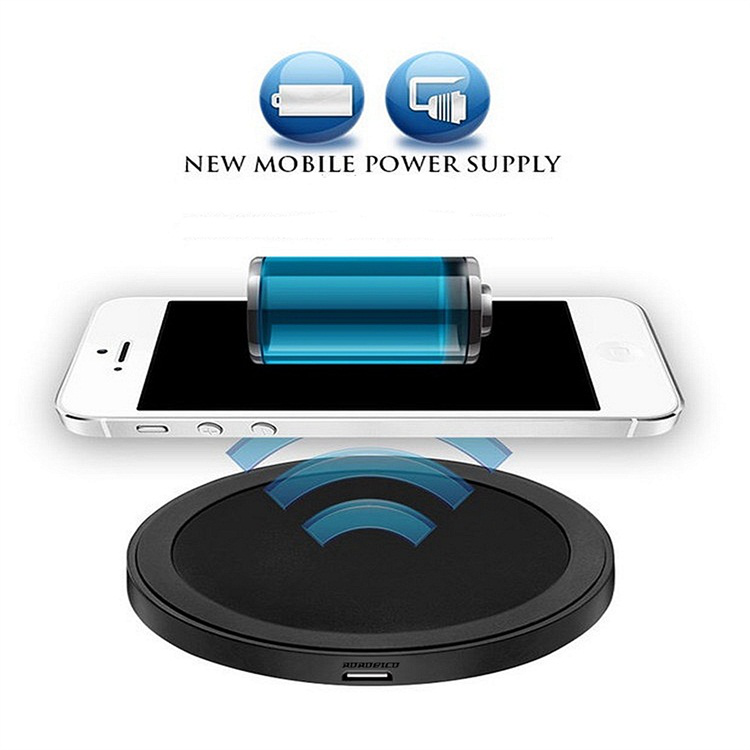
Wireless Charger Stand
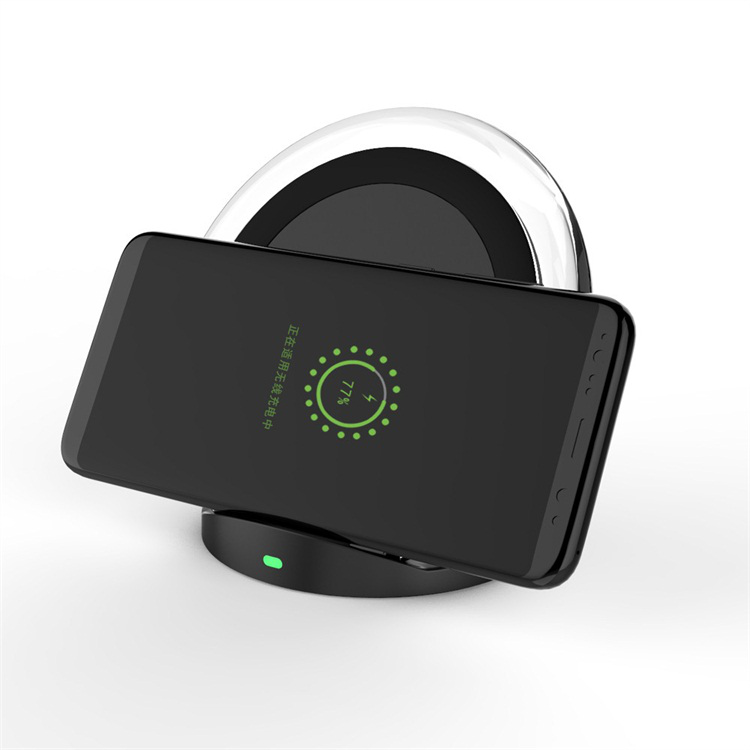
Breathing wireless charger
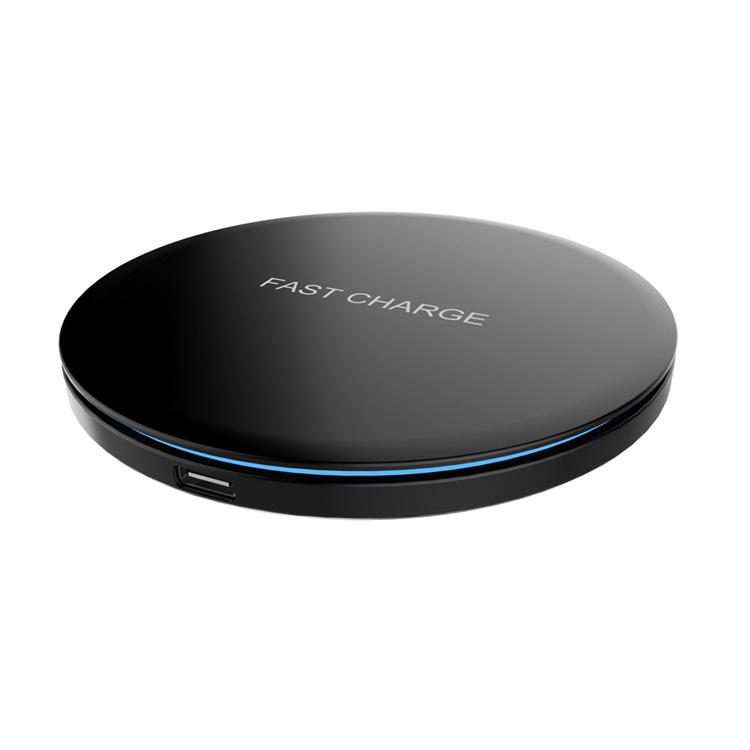
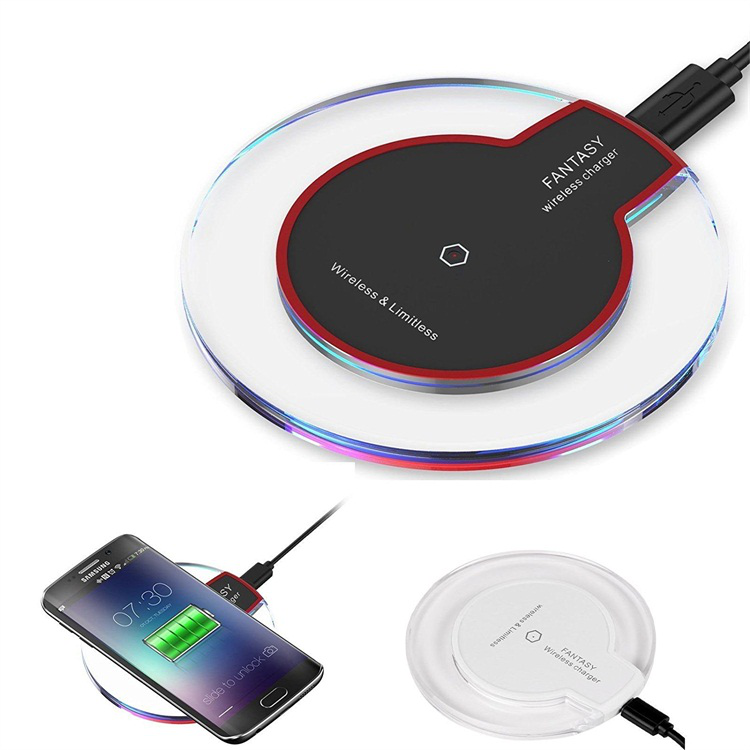
Wireless car charger
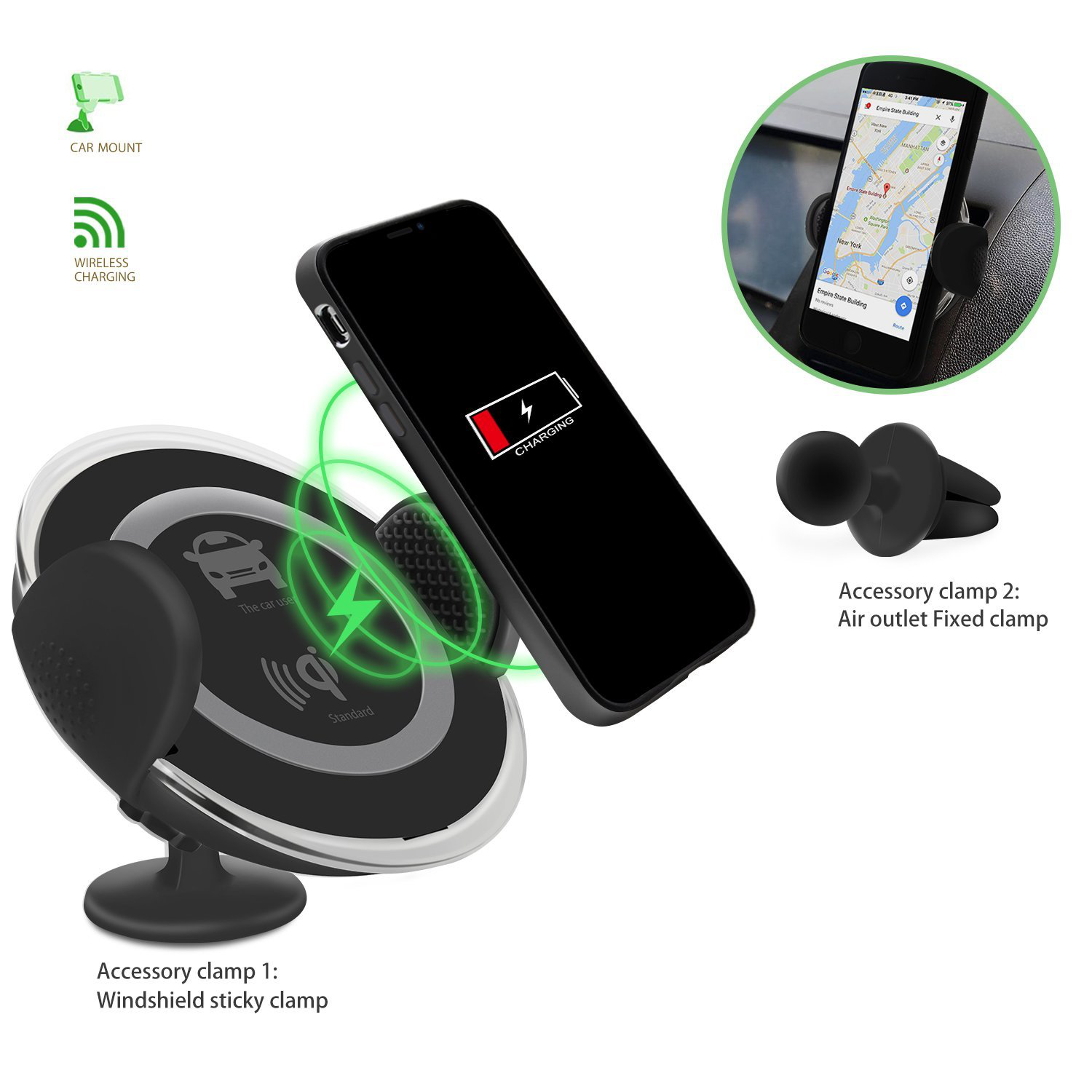
Wireless charger with holder

Fast wireless charger
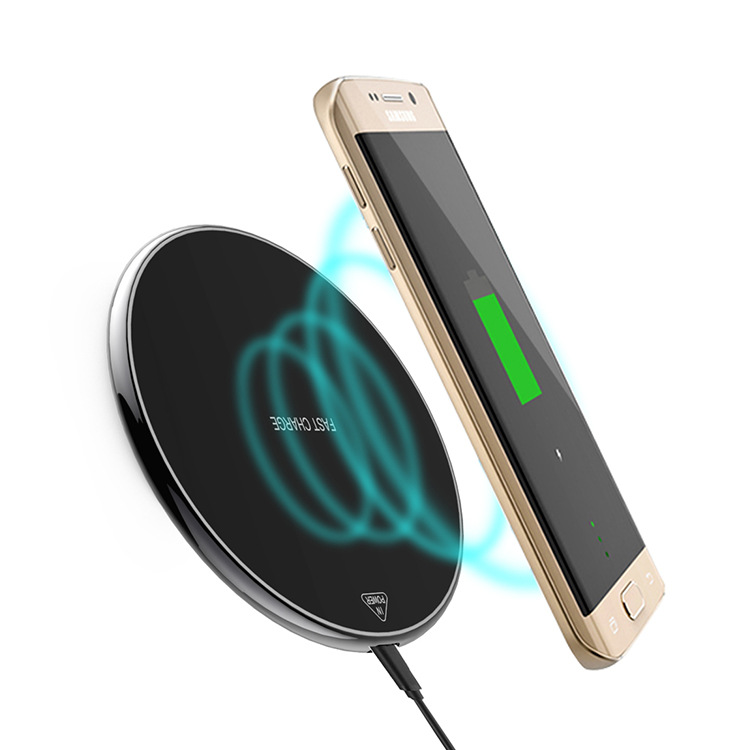
Wireless Charger
Wireless Charger,Fantasy Wireless Charger,Wireless Charger Stand,Wireless Car Charger
Reteck Storage Device Co., Ltd. , https://www.reteck.com